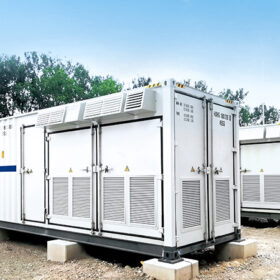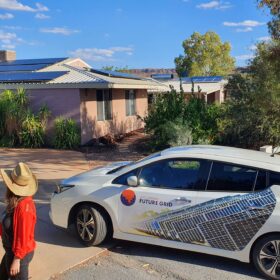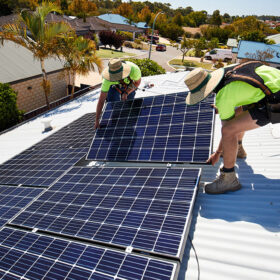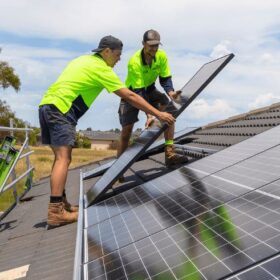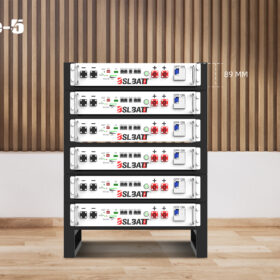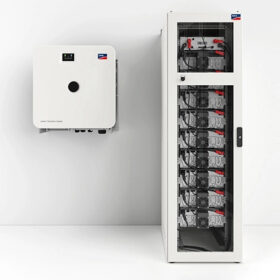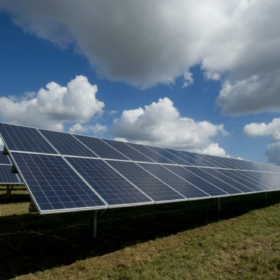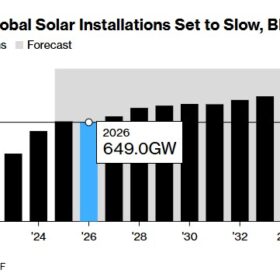Sungrow steps up supply agreements in Australian market
Chinese solar and storage technology manufacturer Sungrow has strengthened its commitment in Australia, inking new distribution agreements that will deliver at least 550 MWh of the company’s energy storage system solutions and 250 MW of its inverters into the Australian market.
NT government delivers solar and storage trial for public housing
Public housing tenants in the outback town of Alice Springs are set to share in the benefits of renewable energy with the Northern Territory government launching a rooftop PV and battery energy storage trial that will help inform the planning of future public housing builds and management of solar power on current stock.
IEA tips Australia’s ‘outstanding’ solar economics to drive rooftop growth
The International Energy Agency expects Australia’s “outstanding” economic fundamentals for residential and commercial rooftop solar will see the sector stabilise in 2023 after a new report revealed the PV market contracted in 2022.
Victoria mandates new standards for solar and battery retailers
Solar and battery retailers in Victoria will have to abide by a new consumer protection standards after the state government announced it will mandate a new stronger code that builds on the previous guidelines and expands them to include new energy technology including electric vehicle chargers.
Bslbatt unveils 89mm-thick battery for residential solar
China’s Bslbatt has added a rack-mounted battery to its ultra-sim range. It has a storage capacity of 5.12 kWh and a nominal voltage of 51.2 V. It measures 670 mm x 475 mm and is 89 mm thick.
Growatt introduces LFP solar generator for portable, off-grid use
Growatt is taking pre-sale orders for the Infinity 1300, a lithium iron phosphate battery with 3,000-plus cycle life.
IGO lands site for ‘Australian first’ integrated battery material facility
Australian mining and processing company IGO and billionaire Andrew Forrest’s Wyloo Metals will progress plans to build the nation’s first integrated battery material facility in Western Australia after the state government approved the allocation of land for the up to $1 billion project.
VPP participation appears overblown with questionable fleet inclusions
Virtual Power Plants, or VPPs, are relatively mature in Australia due to the country’s high penetration of, and familiarity with, distributed energy resources. But claims of VPP success and participation may be overblown, with a considerable gaps between the numbers some platforms are claiming and the realms of possibility.
SMA unveils new commercial battery storage solution
Germany’s SMA has developed a modular lithium-ion solution for commercial storage applications. It comes in two versions, with capacities of 32 kWh and 56 kWh. The two variants feature SMA Sunny Tripower Storage X battery inverters, with up to 8,000 complete charge cycles.
Community battery tenders open as scheme enveloped in rorting accusations
ARENA has opened the first application round for the government’s national community battery program, allocating $120 million (USD 81 million) to be split equally between networks and other applicants. The program was last week accused of rorting, with independent politicians revealing the locations for a proportion of the promised batteries were selected by the Labor party alone and not based on merit or need.
